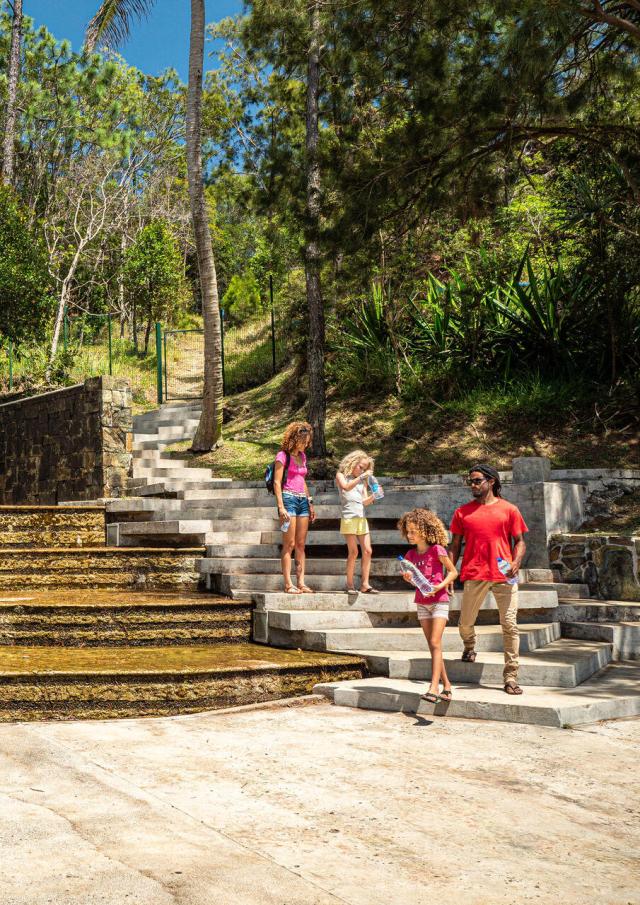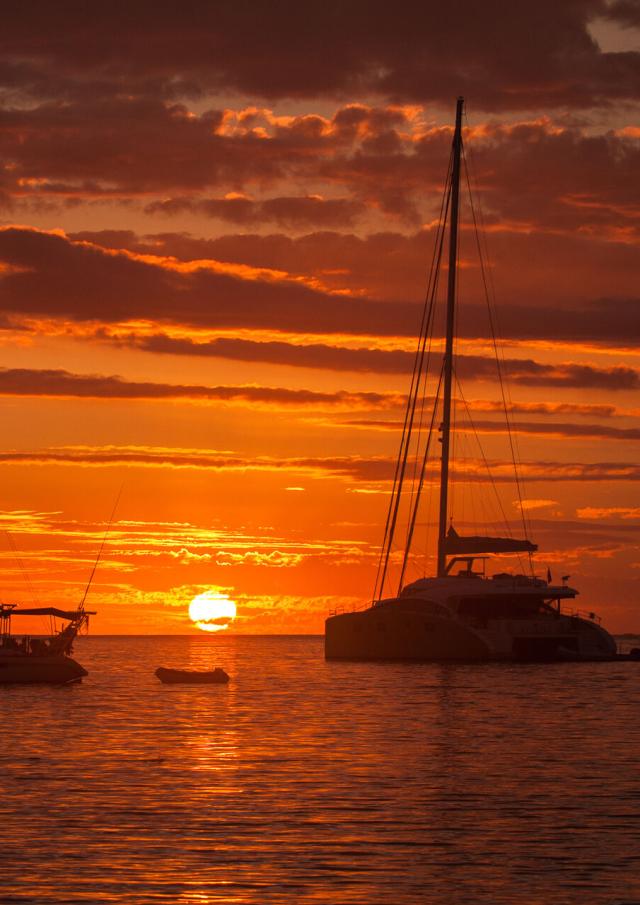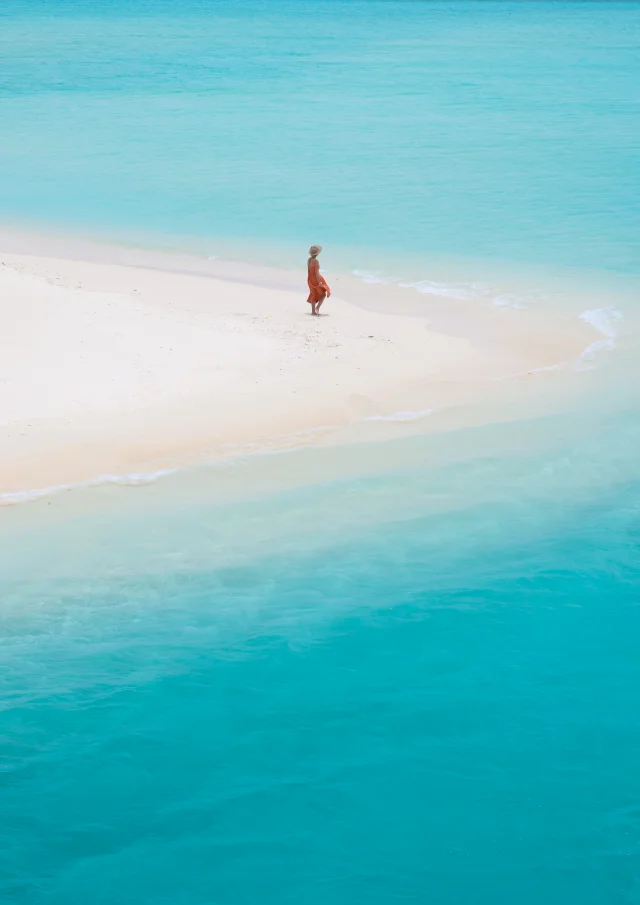A recent study by HAL-IRD recorded 67 shark-related incidents between 1958 and 2020, including 13 fatalities. Most incidents involved underwater hunters (58.5%), followed by swimmers (18.5%) and board-sports enthusiasts (14%). Local authorities monitor the situation closely and implement preventive measures, such as anti-shark nets in key areas of Nouméa.
Globally, New Caledonia ranks 13th for shark attacks since 1580, far behind countries like Australia (715 attacks), South Africa (262), or Hawaii (179). This puts the risk into perspective: dramatic events are statistically isolated compared to other natural hazards.
As the lagoon remains healthy and teeming with life thanks to strong environmental protections, it is essential to follow simple rules to avoid “risky behaviour” – actions that could startle sharks, provoke a defensive reaction, or make humans appear like prey.
Did you know? Sharks cause fewer than 10 fatalities worldwide each year, compared to 1,000 from crocodiles, 25,000 from dogs, and 800,000 from mosquitoes!





